What to Know About Office Space Rentals Before You Sign
Understanding the nuances of office space rental is crucial for making an informed decision that aligns with your business needs. As a business owner or manager, you're likely seeking an environment that fosters productivity and represents your company’s brand well. The demand for office space rental has fluctuated over the years due to various market forces, technological advancements, and evolving work habits. This article will delve into the most common queries and concerns, providing insights into making the best choice for your office needs. By the end, you'll be armed with the knowledge necessary to navigate the intricate landscape of office leasing with confidence.
Choose a Strategic Location
The location of an office can significantly affect your business's accessibility to clients, vendors, and employees. Ideally, an office should be easy to reach, close to main transport links, and situated in a vibrant area that reflects your brand's image. Many businesses prioritize proximity to urban centers or specific industries that can help foster networks and collaborations. Accessibility often also implies considering nearby amenities and services, including dining, public parks, and parking facilities. In some urban areas, new construction projects and infrastructure developments continue to influence property values and office desirability, underscoring the need for comprehensive local research before deciding. Choosing the right location ultimately reinforces your business presence and strengthens your connection with key markets.
Understand the True Costs of Rentals
Office space rental costs vary greatly depending on location, size, and amenities, making budget planning crucial. Assessing the full range of potential fees, from base rent to utilities and maintenance, is vital to avoid surprises. It's advisable to analyze long-term financial commitments against potential benefits, such as increased client interactions or employee satisfaction. For many businesses, the location's prestige can justify a higher expense, potentially attracting top talent and high-profile clients. However, it's essential to strike a balance between desired quality and financial practicality, ensuring the chosen space contributes to, rather than detracts from, your company’s growth. Conducting a detailed cost-benefit analysis before committing helps ensure your investment aligns with your broader business goals.
Assess Your Space Needs
Understanding your office space rental requirements is foundational to choosing the right office rental. Considerations should extend beyond current needs, anticipating future growth or contraction in workforce size. A well-designed layout can encourage productivity and collaboration, tailored to suit various working styles and departmental needs. For instance, technology firms might favor open-plan spaces, while consultancies may require more private rooms. Additionally, incorporating flexible design elements that allow easy reconfiguration of space can prove beneficial as business dynamics evolve. Taking the time to project your company’s future direction ensures your office space rental continues to serve your team effectively over time.
Review Lease Terms Before Signing
Office space rental agreements can often be complex, filled with terminology that requires scrutiny. It's essential to fully understand lease terms, including duration, renewal options, and terms for rent adjustments. Flexibility within the contract can be advantageous, catering to varying business conditions that impact space needs. Many businesses prefer shorter, more flexible leases to accommodate rapid growth or to respond to economic shifts. Negotiating favorable terms and involving legal expertise can mitigate potential pitfalls and ensure that the lease aligns with business interests. Always ensure that all clauses are clearly defined to prevent future misunderstandings or disputes.
Prioritize Amenities for Productivity and Well-Being
The availability of high-quality amenities and services can enhance both the functionality and attractiveness of an office space rental. Essential services might include reliable internet, security, heating, cooling, and maintenance support. On the amenities side, more companies are seeking spaces that offer fitness centers, lounge areas, or even childcare services to boost employee satisfaction. According to DoorLoop, an online property management resource, the property management job growth saw an increase of over 14,500 positions in 2025, indicating a broader trend toward improving tenant experiences. The inclusion of such features can contribute significantly to an engaged, productive workforce, aligning employee well-being more closely with company goals. Ultimately, these added conveniences help cultivate a healthier, happier, and more efficient workplace environment.
Plan for the Right Size to Balance Cost and Flexibility
Determining the optimum office space rental size involves juggling present requirements with future projections. Assess your current team size, work habits, and departmental structures alongside growth forecasts. This dual approach ensures that space won't only meet immediate operational demands but will also accommodate potential expansions or contractions. Particularly with the rise of hybrid work models, businesses must weigh the cost-benefit of excess space versus the flexibility of growth. Balancing these considerations can help avoid the disruptions of relocating or the financial strain of unused space. Careful space planning also provides stability and allows your company to adapt smoothly as your operations evolve.
Learn Key Measurement Terms Before You Lease
Grasping the nuances of space measurement terminology is crucial when evaluating an office space rental. Key terms include rentable square footage, usable square footage, and load factor. Rentable square footage typically includes common areas like lobbies and corridors, whereas usable square footage is confined to the space exclusively occupied by the tenant. The load factor measures the difference between these, indicating the shared space proportion. A clear understanding of these concepts aids in cost evaluation and negotiating advantageous terms. Having this knowledge at your disposal ensures transparency and confidence during the lease negotiation process.
Adapt to the Rise of Remote and Hybrid Work Models
The shift toward remote and hybrid work models has fueled a re-evaluation of traditional office space rental needs. Businesses are rethinking how often employees will be in the office and, subsequently, the amount and type of space required. Flexible, collaborative spaces may take precedence over purely desk-based configurations. This shift necessitates a more dynamic approach to space planning, crucial for adapting to evolving work habits. Companies must be agile, transforming spatial strategies to better suit remote work influences without sacrificing productivity. Embracing these new models can also improve employee satisfaction and attract talent seeking flexibility.
Calculate Workstations and Square Footage Effectively
To effectively plan an office space rental layout, it's important to calculate the workstations-to-square-footage ratio. Approximate square feet per employee, per industry norms, often depends on various work environments and roles. Smaller workspaces might suit technology and creative industries, while others might require more space for meetings and collaborative endeavors. These calculations not only dictate the quantity but also the quality of space required for optimal employee efficiency. Precise workstation planning ensures prudent use of space, avoiding overcrowding and underutilization issues. A strategic approach to space allocation can enhance workflow and support long-term scalability.
Involve Employees in the Space Planning Process
Engaging employees in space planning can yield insights that enhance workplace satisfaction and productivity. Employee involvement can identify specific needs or preferences, fostering a location that resonates with their work habits, therefore promoting high morale. Interactive planning sessions or surveys can generate valuable feedback, revealing potential unnoticed issues. This participatory approach not only streamlines the move but also cultivates a sense of ownership among staff. Companies that tailor office designs incorporating employee input often experience increased engagement and reduced turnover. Encouraging open dialogue throughout the planning process helps create a more inclusive and supportive work culture.
Navigating the world of office space rental requires careful consideration of various factors, from location and size to legal agreements and future needs. The growth in property management roles reflects a broader commitment to improving office accommodation, echoing the importance of thoughtful selection of office environments. As business landscapes evolve, so too must approaches to leasing, relying on agility and foresight to maintain relevance and competitiveness. Understanding these elements will empower you to make strategic decisions that benefit your business in the long run. Informed choices lead to enhanced productivity, better employee satisfaction, and a more robust company reputation. Reach out to Alterra Real Estate Advisors to learn more today!


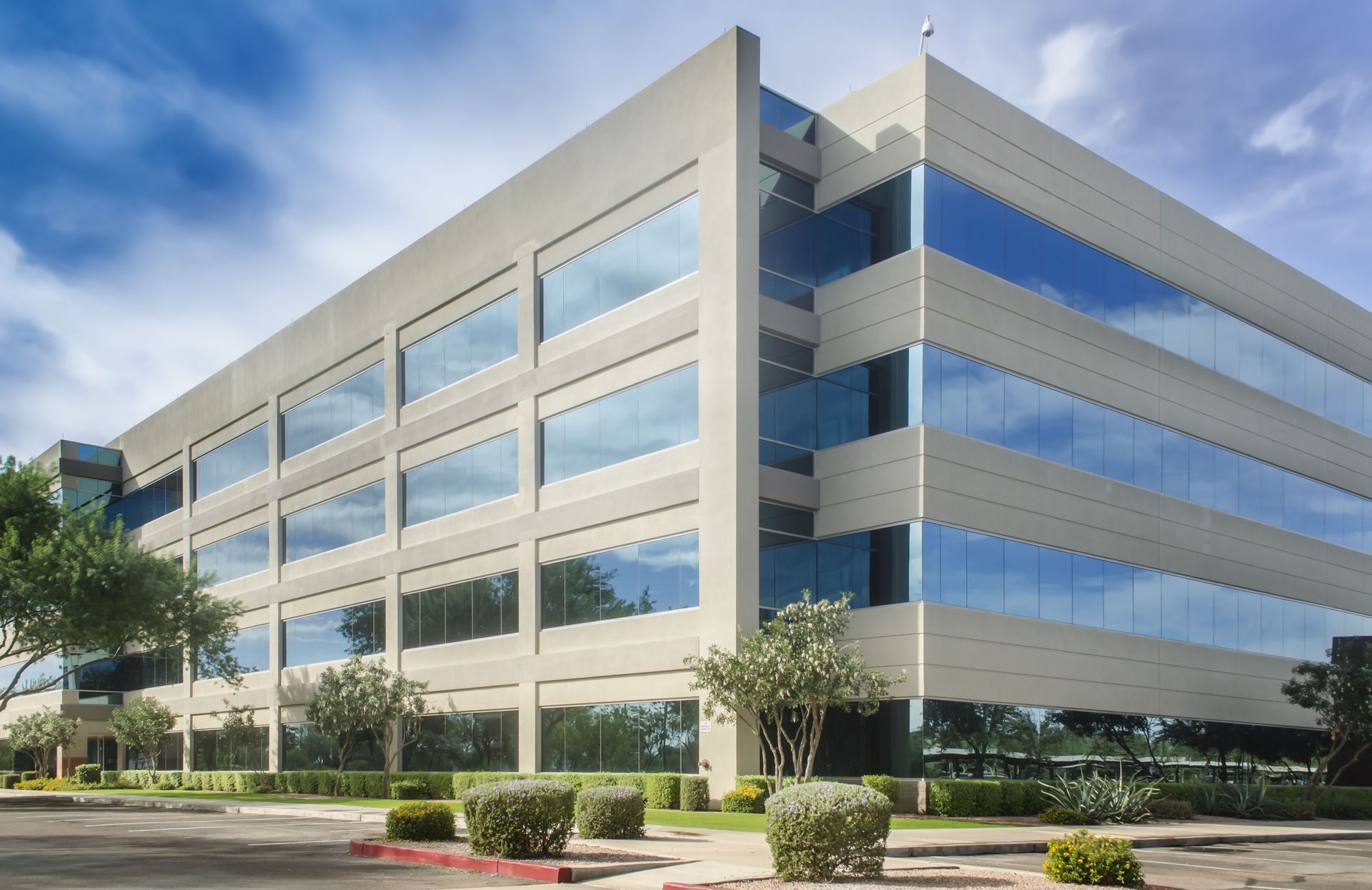


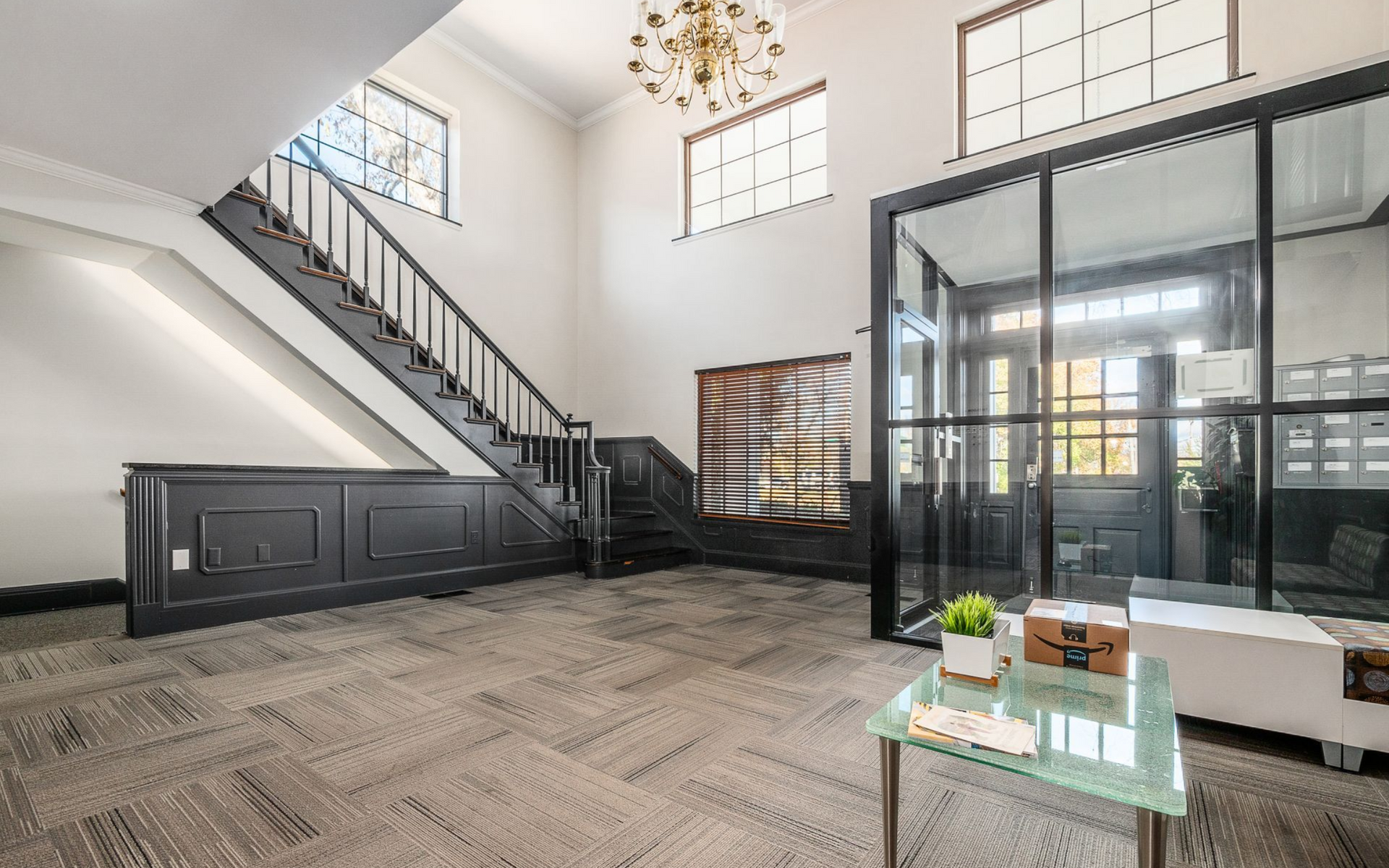
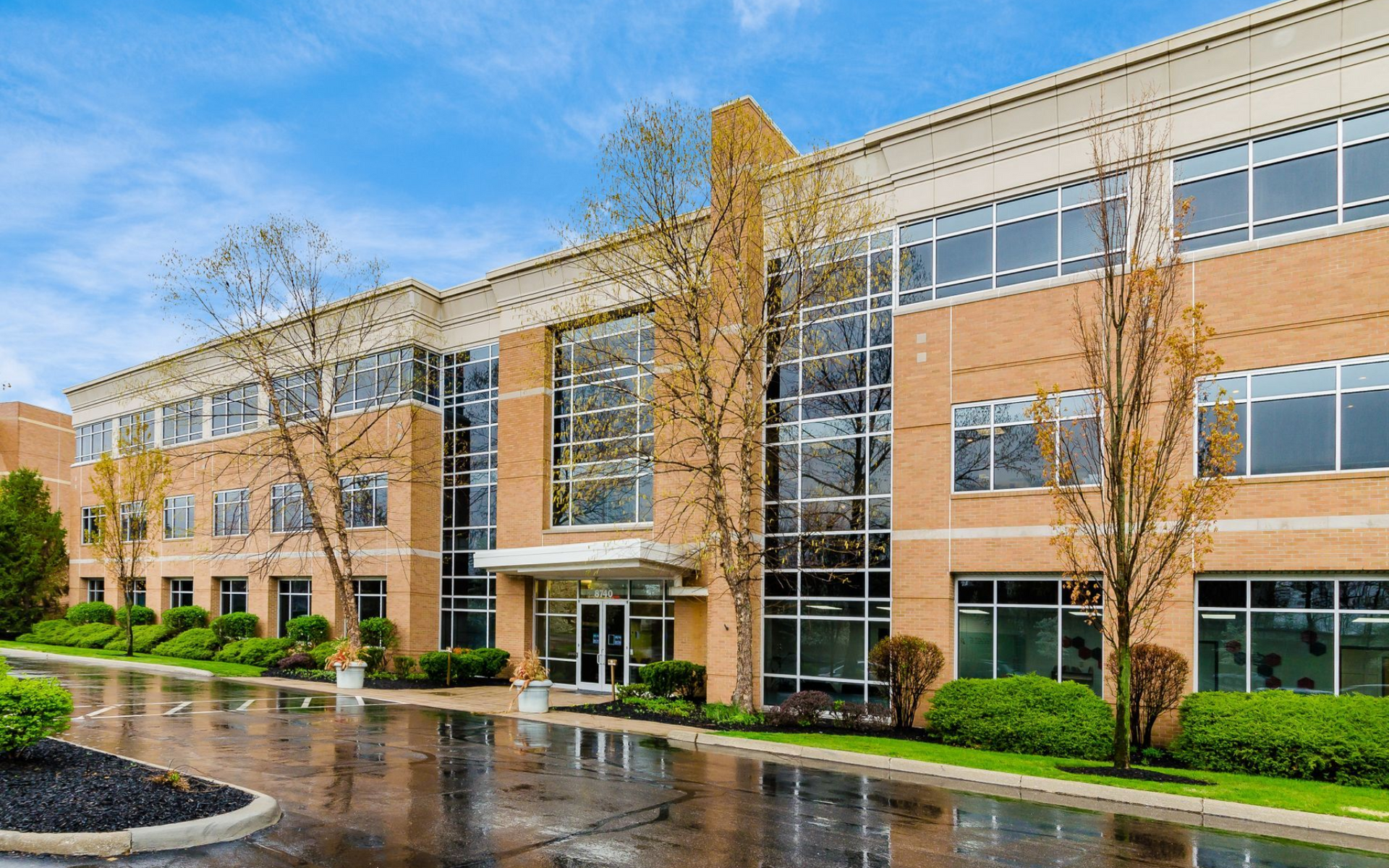
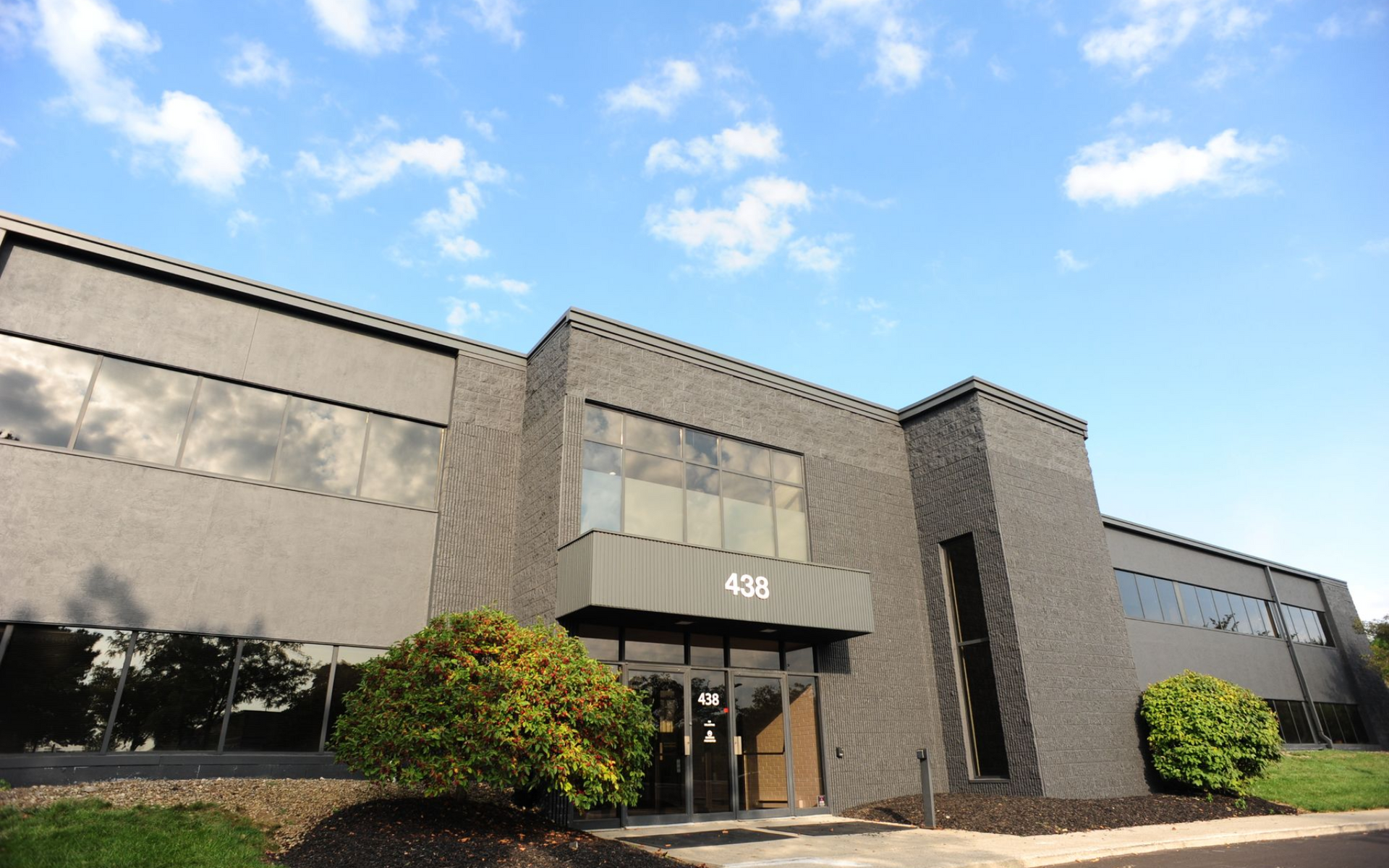
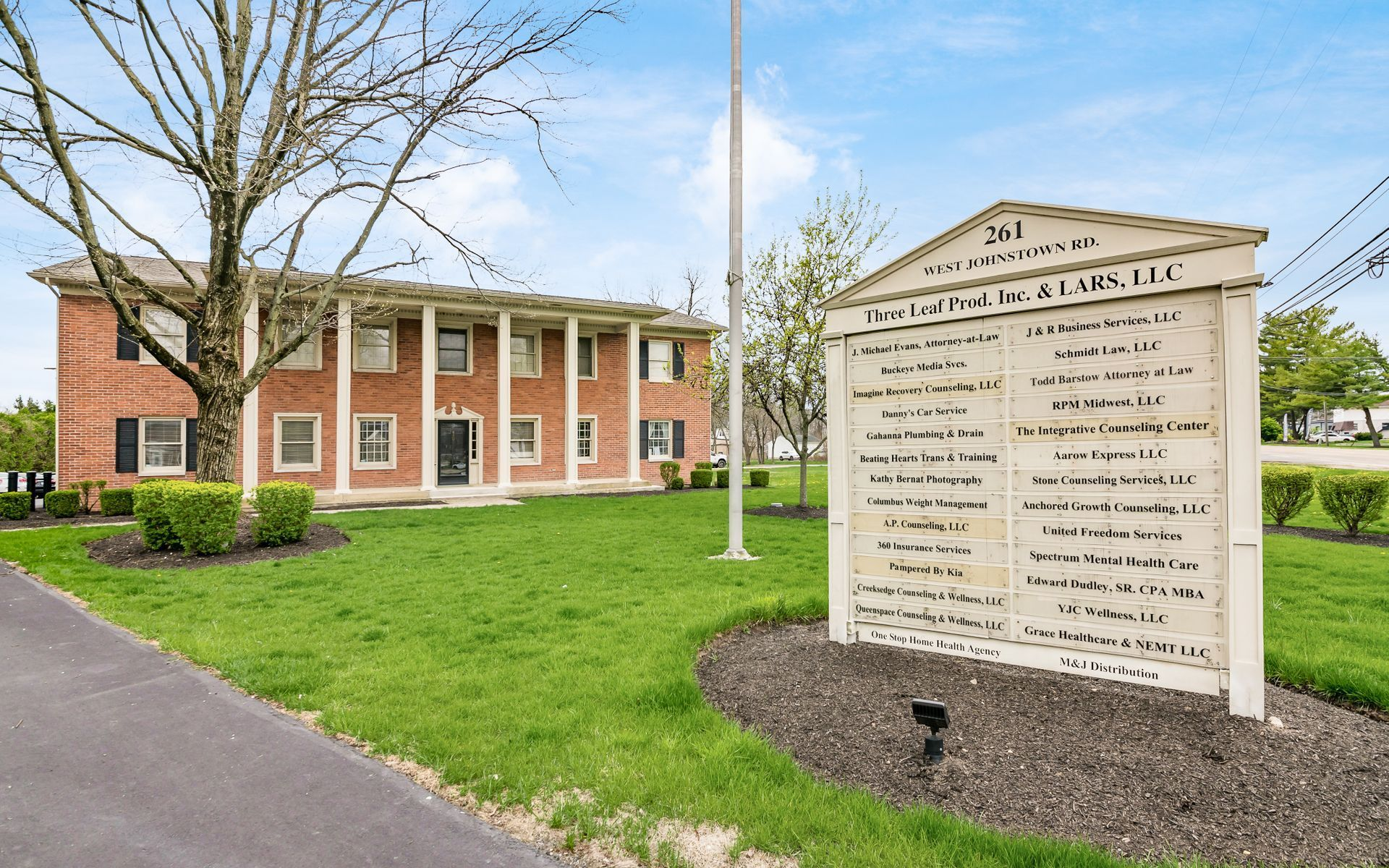
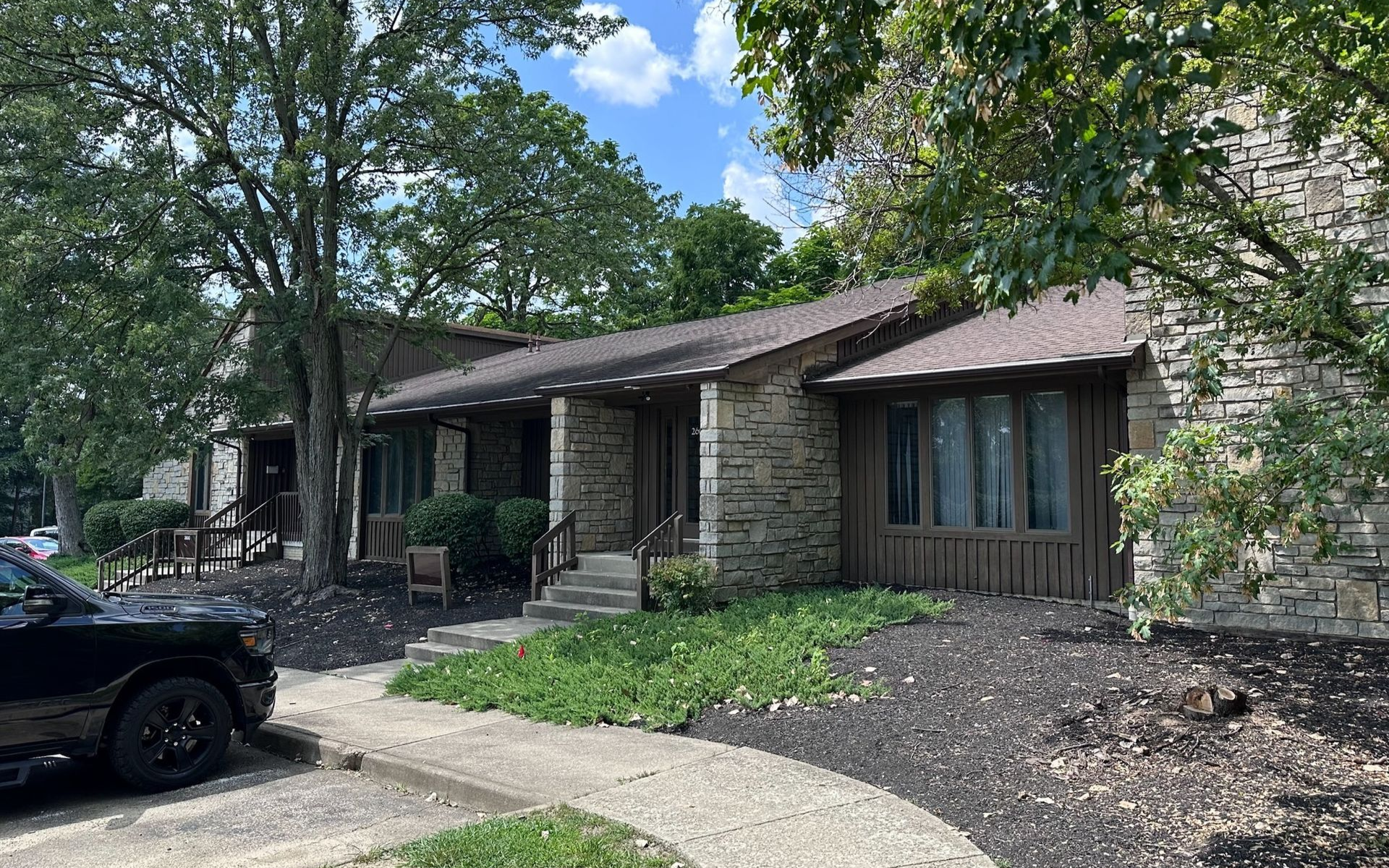
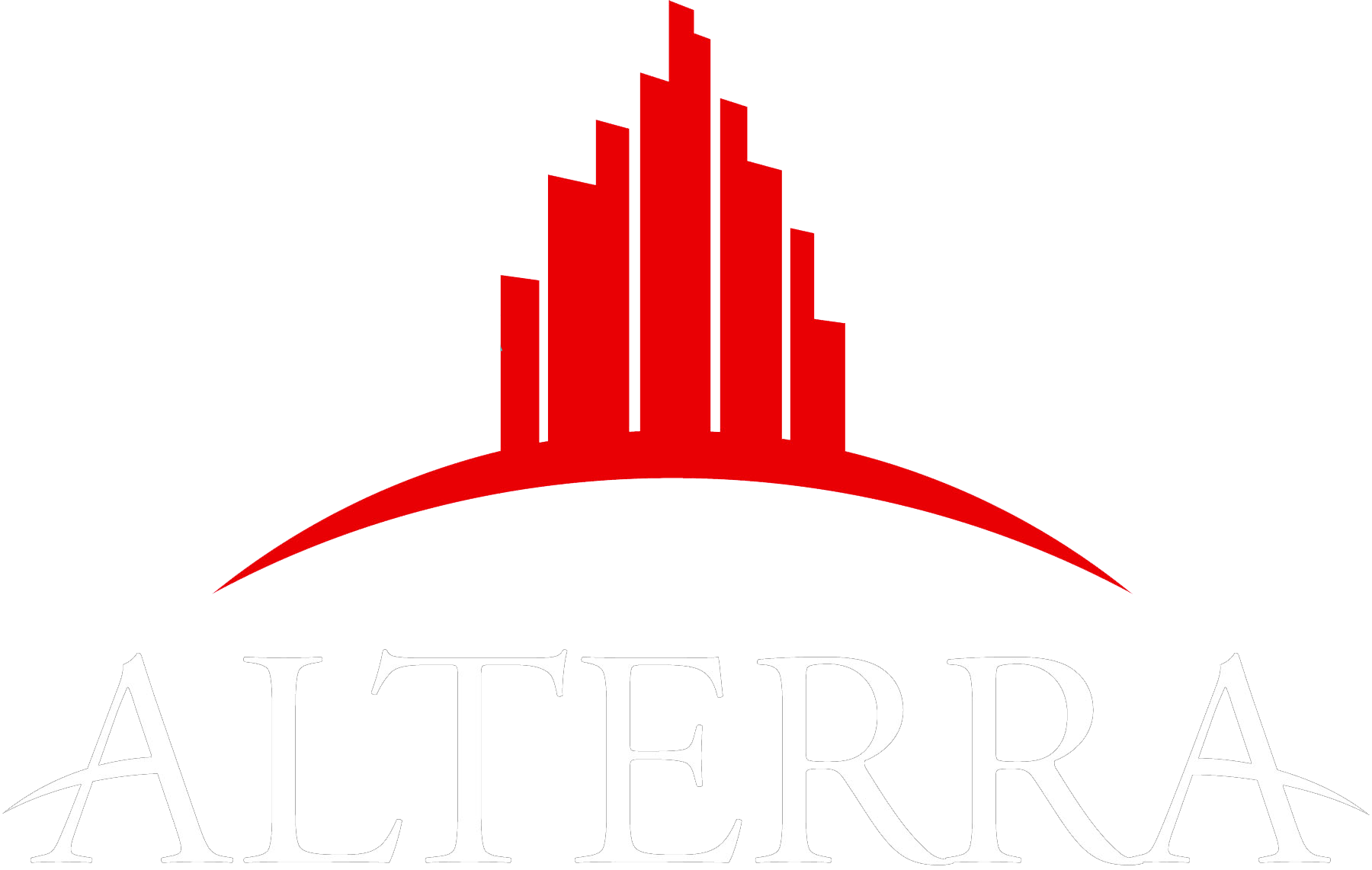

Share On: